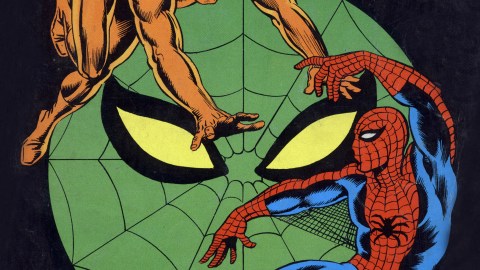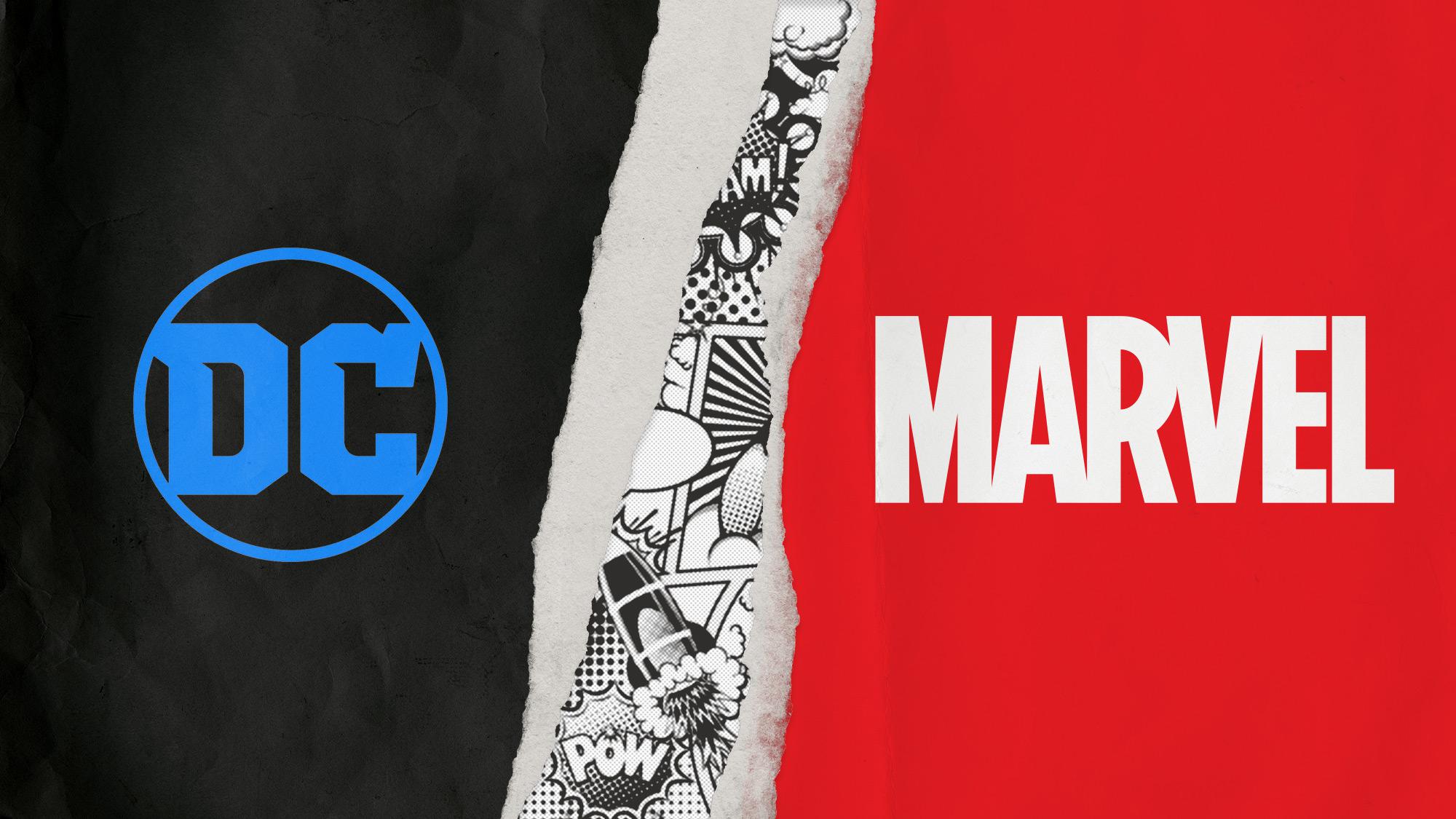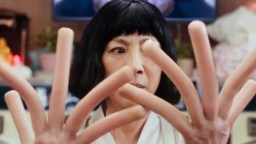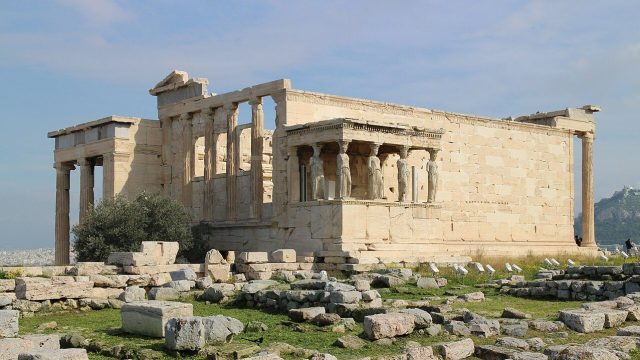Comic book expert explains how our favorite heroes have evolved over time

- Marvel Comics are set in a continuous universe, which poses a problem for how characters age and change.
- Sean Howe, author of “Marvel Comics: The Untold Story,” joins us to explain how Marvel has dealt with this problem over decades of character history.
- Marvel has killed off overpowered characters, resurrected long-dead ones, and even swapped out fan favorites with evil doppelgängers.
When creatives have a hugely successful, decades-long hit, they face a problem: How do they age their characters? For long-running soap operas, the answer involves killing the characters off or having them walk into an ambiguous and off-camera sunset.
What can creatives do, though, when their characters are irreplaceable? How can they maintain the spirit of the story when it and all of its characters have 80 years of history behind them? This is a problem facing Marvel Comics.
For instance, in 1962 Spider-Man made his first appearance in Amazing Fantasy #15. One of the reasons Spider-Man proved so popular was that, like his readership, he was a naïve, idealistic teenager. He’s a nerdy high school kid who suddenly gets great power. But if Marvel were obeying the laws of nature, Spider-Man should now be 77 years old. He’d spend less time web-slinging criminals and more time web-crocheting mittens, and he’d be wall-crawling into bed by 9 p.m. with a warm mug of cocoa.
To stay fresh and true to the spirit of its comics, Marvel has had to reinvent, reimagine, and redraw some of its biggest names. Often, that has been a seamless and enjoyable success. Sometimes, though, it’s been a Hulk-smashing mess.
To dive more into the reasons behind these “retcons” and to explore some of the more curious examples, Big Think reached out to Sean Howe, a comic writer and author of the hugely popular Marvel Comics: The Untold Story.
Captain America
Captain America was initially born as a World War II hero. He was a Nazi-punching, freedom-loving, flag-waving superhero who sported a cool shield. In the decades that followed, fascism was no longer enemy number one; communism was.
“In the mid-fifties, Captain America became someone who was basically constantly battling communists,” Howe says. He resembled an anti-communist hitman on McCarthy’s payroll.
In some ways, it’s appropriate that Captain America would be a character who changes his ideologies and personality the most. As a hero meant to be the literal embodiment of a nation, it makes sense for him to mirror the ebbs and tides of that nation.

But there came a backlash. In the 1970s, many Marvel comic artists, such as Steve Englehart, were fairly left-leaning. How could they glorify a socialist-hating “rabid right-winger”? Well, they said he was an imposter. This 1950s Cap was actually a villain named William Burnside, aka Commie Smasher or Bad Cap. Burnside took his own variation of Captain America’s superhero serum, but it went wrong and left him psychotic.
The Asian War
To avoid all these problems, Marvel tends to frame their comics in an atemporal, fictional, unspecified world. There’s a look and a feel to things, but little to pin the characters down to a specific year. One jungle-sized exception to this was the Vietnam War.
The problem is that a historically defined event like the Vietnam War limits and traps many of the heroes involved. Tony Stark developed his first Iron Man suit to escape Vietnamese captivity. The Punisher was a marine largely defined by his tours of duty. Nicky Fury, Hawkeye, the Falcon, Captain America, and Wolverine were all, at some point, fighting in Vietnam fifty years ago.
As Howe points out, “The Vietnam War was aging Marvel characters too much. So, they came up with this fictional war, and Vietnam was collapsed into different Asian Wars.” Known as the “Siangong War,” this vaguely defined conflict went on somewhere in or around Vietnam. Was Stark in Vietnam? Sure, but do you mean the Vietnam War of the 1970s or the scuffle of last year? It’s best not to ask too many questions.
The resurrection of … everyone
Captain America’s sidekick was thought to have died in World War II. There were funeral scenes, black-toned mourning panels, and Captain wrestling with his grief. According to Howe, up until the 1990s or even early 2000s, most people thought, “That’s it; Bucky is never coming back.”
But, of course, he did. “There’s no character that hasn’t come back to life,” Howe tells us, and the reason is simple: money. “How are you going to limit your intellectual property by something so arbitrary as death? You are concerned with what makes a good story. You know, it’s money left on the table if you don’t revive this popular character.”
Spider-Man makes millions. The Fantastic Four keep shareholders happy. Why would any profit-minded businessman deliberately kill these golden geese?

Power creep and power grabs
Even if heroes don’t die very often, Marvel may still decide to drastically reimagine the essence of that character. They might not be written out of the story, but they are changed so much that they become, for all intents and purposes, different. Howe told us that few heroes have their powers or abilities fundamentally changed, but it is quite common for a character’s strength to be downgraded subtly and quietly.
This is what happened with the Scarlet Witch. Over many years and a series of comics, her powers grew such that no one else could realistically take her on. She could one-punch or one-spell any villain that popped along, which doesn’t make for a fun read.
So, Marvel turned Scarlet Witch into a villain. “They decided, ‘Oh, this much power would warp her mind, and so she’ll die from this or she’ll go insane,” Howe tells us. All that unbridled, unmatched power would “turn her evil and create all this chaos and destruction so that then she’ll become undone and they’ll start over again.”
Other times, the canon respects god-tier characters such as The Watchers. Howe thinks this is mostly out of respect for Jack Kirby’s legacy — as Kirby not only introduced many of these characters but is considered one of the most influential creators in comics. Most of the time, though, Marvel has to limit and reduce “god-level” powers.
“You know, you’ve got these Norse gods, and you’ve got these Greek gods, and they need to be turned into Marvel versions of those. They have to somehow reconcile their powers. There’s Odin and there’s Zeus, and then there are, like, six different kinds of Satan. Trying to figure out who takes precedence over who is, like, impossible. So, they just leave it open.”
Ultimately, that is a good thing for comic fans. It gives them more to debate in the pub or in the car on the way back from the cinema.





